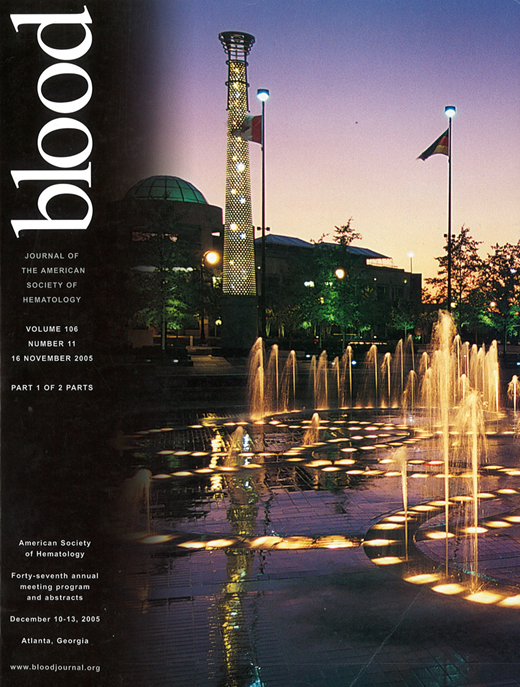Abstract
Background
Bortezomib, recently approved by the U.S. Food and Drug Administration for the treatment of multiple myeloma, is the first antineoplastic agent in a new class of drugs known as proteasome inhibitors. To date, rash has been described as a common adverse events associated with the drug. This rash is typically consistent with a hypersensitivity reaction. However, in two independent, single agent phase 2 studies of bortezomib in patients with non-Hodgkins lymphoma (one multicenter trial coordinated by Memorial Sloan Kettering Cancer, the second at the M.D. Anderson Cancer Center), we identified a subset of patients who developed a cutaneous vasculitis not previously reported with this therapy. Furthermore, development of this novel rash seems to correlate with a better response to bortezomib.
Methods
18 patients who developed a unique erythematous maculopapular rash while receiving bortezomib were identified, 6 of whom underwent cutaneous biopsy reviewed by a dermatopathologist. The remaining patients were not biopsied, but exhibited a rash with identical clinical features.
Results
These rashes were distinct from the classic hypersensitivity rash more commonly noted with bortezomib therapy. They did not appear to be associated with any particular dose, tended to occur later in the course of treatment, and resolved with withdrawal of the agent, always returning with continuation of planned therapy with bortezomib. There was no evidence of multi-organ system involvement, and the rash was relatively asymptomatic. Punch biopsy revealed a perivascular lymphocytic infiltrate without evidence of lymphoma, sometimes associated with small vessel necrotizing vasculitis. While the overall response rate (CR + PR) in all patients was 38%, the response rate in patients with rash was 67%, compared with a response rate of 31% in patients who did not develop rash (see Table 1). Using measures of accuracy based on this data (see Table 2), the positive predictive value of vasculitic rash for response to bortezomib is 67% (95% confidence interval (CI) 41 – 87%), negative predictive value is 69% (CI 57 – 79%), sensitivity is 32% (CI 18 – 50%) and specificity is 90% (80 – 96%). Logistic regression analysis supports this association, and shows that the odds ratio for response given vasculitic rash is 4.4 (CI 1.5 – 13.1, p = 0.008).
Conclusions
This report is the first to describe a strong causal relationship between bortezomib and a cutaneous vasculitis. Recognition of this association should prompt a specific clinical evaluation and close monitoring of patients who develop bortezomib-associated rashes in the future. In contrast to classic hypersensitivity type reactions, the development of this vasculitic rash may not necessarily prompt cessation of drug. In fact, based on the limited experience presented here, the development of an isolated cutaneous vasculitis may portend a better clinical response in patients treated with bortezomib.
Association of Vasculitic Rash with Response to Bortezomib
| . | No Rash . | Rash . | Total . |
|---|---|---|---|
| No Response | 55 | 6 | 61 |
| Response | 25 | 12 | 37 |
| Total | 80 | 18 | 98 |
| % Response | 31% | 67% | 38% |
| . | No Rash . | Rash . | Total . |
|---|---|---|---|
| No Response | 55 | 6 | 61 |
| Response | 25 | 12 | 37 |
| Total | 80 | 18 | 98 |
| % Response | 31% | 67% | 38% |
Rash and Response
| . | . | 95% Confidence Interval . |
|---|---|---|
| Sensitivity | 32.43% | 18.01% – 49.79% |
| Specificity | 90.16% | 79.81% – 96.30% |
| Positive Predictive Value | 66.67% | 40.99% – 86.66% |
| Negative Predictive Value | 68.75% | 57.41% – 78.65% |
| . | . | 95% Confidence Interval . |
|---|---|---|
| Sensitivity | 32.43% | 18.01% – 49.79% |
| Specificity | 90.16% | 79.81% – 96.30% |
| Positive Predictive Value | 66.67% | 40.99% – 86.66% |
| Negative Predictive Value | 68.75% | 57.41% – 78.65% |
Author notes
Corresponding author

